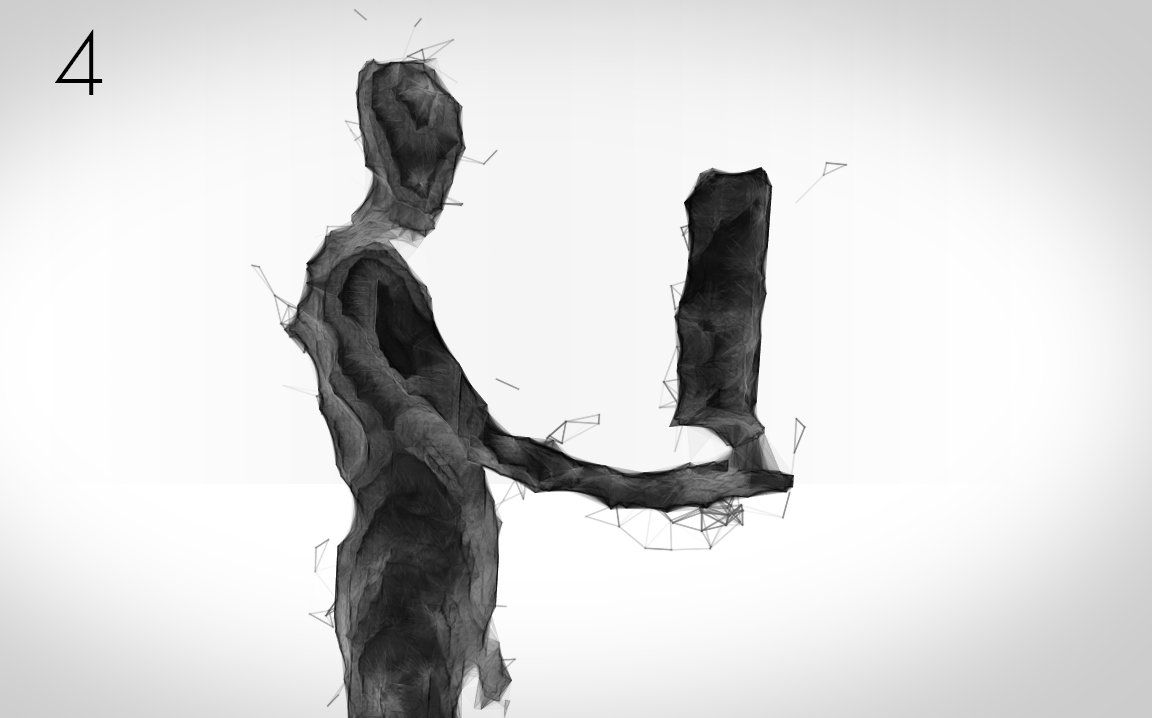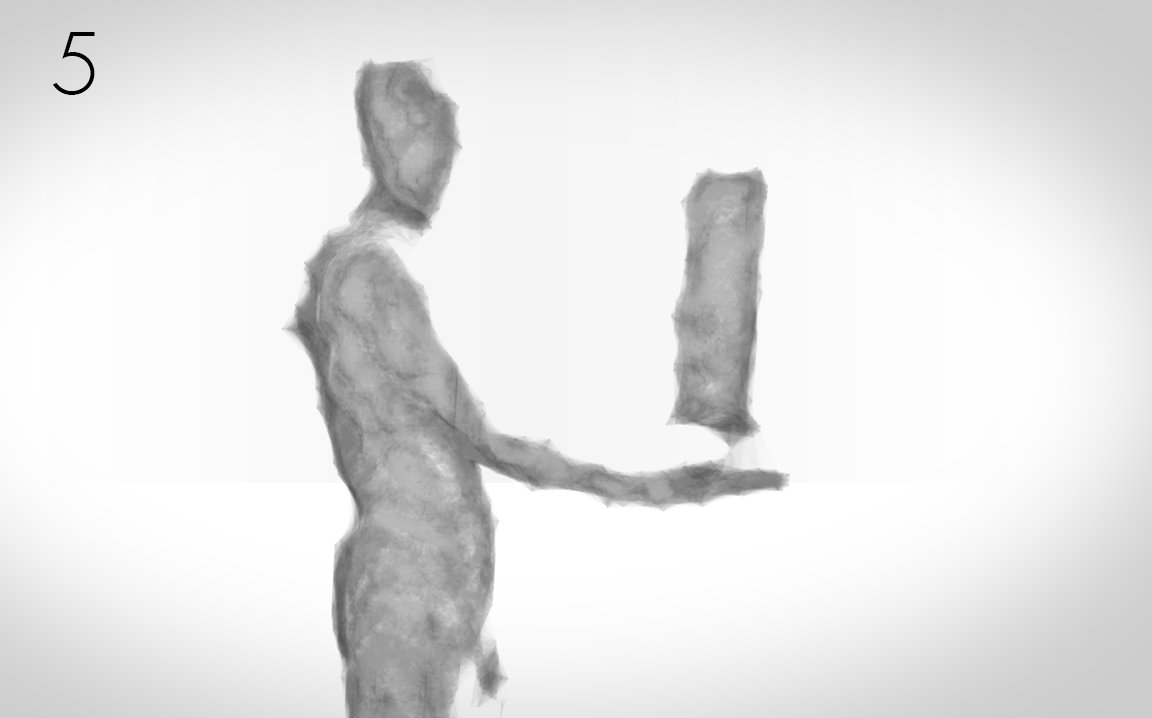Client: ICANN - Internet Corporation for Assigned Names and Numbers
Agency: Knox Ave
Role: Creative Director
Date: Spring 2014
THE PITCH
When you type in a website URL (like hisnameisjoel.com for example) the URL that you entered gets converted into a string of numbers called an IP Address, or the ‘internet protocol address.’ These addresses live in a database called the DNS, or the Domain Name Service, that corresponds each website address with the IP of the destination. But who manages and regulates these domain addresses? ICANN, an international group that helps maintain and establish constant order across nations and borders, making sure that the internet is always accessible. I didn’t know all this before the amazing crew at Knox Ave approached me with this project.
They wanted to tell the story of the ICANN and the Internet, from its inception in the 80s up until the present. Except they wanted to do it in a unique way: they wanted to tell the story of the internet as if it was a digital child, going from a baby crawling to a kid dancing to an adult who created and shaped the world at large. ICANN was going to use this video in its yearly global conference, so we had just two short months to go from concept to full execution. So get your fingertips ready for a wild ride through the internet!
PRE-PRODUCTION
In the early days of concept, the goal was to do 3D animation. Because we were limited on time and budget, I proposed reducing our animation load and not having animated characters, instead capturing live actors using a unique method: the Microsoft Kinect. I worked with a programmer in the early stages of developing a tie-in between video and the Kinect’s depth sensor data to create a piece of software that could produce a 3D point cloud for each frame of video. Then that point cloud could be matched up with an external camera and the color data projected onto the geometry that the point cloud made. I did some early tests with some… interesting results.
The Kinect + camera rig I built and the early point-cloud software running on a laptop
The early point cloud test I did in my living room, rotating the 3D camera around to showcase the benefits and limitations of the technology.
After showing this to ICANN, they loved the idea of creating digital point cloud actors representing the different stages of the internet; it paralleled how the internet actually worked, little points of data in motion.
Now it was time to actually film our key characters on a soundstage! This meant we needed to find actors in all stages of the internet, from tiny baby up to a full adult!
PRODUCTION
Production began with a single day shoot, capturing all the different performers. We worked with several talented gymnasts who contributed their skills to the wild antics required of the main ‘internet’ character.
POST-PRODUCTION
With all the main shots captured, it was time to build the world of the internet. The team I led primarily used Blender, After Effects, and a plugin called Plexus, which was definitely not designed to do what we were doing with it.
There were many different style options we had available to try and bring a sense of depth to the point cloud data we’d captured. Here’s some stills I sent to ICANN for their feedback.






















